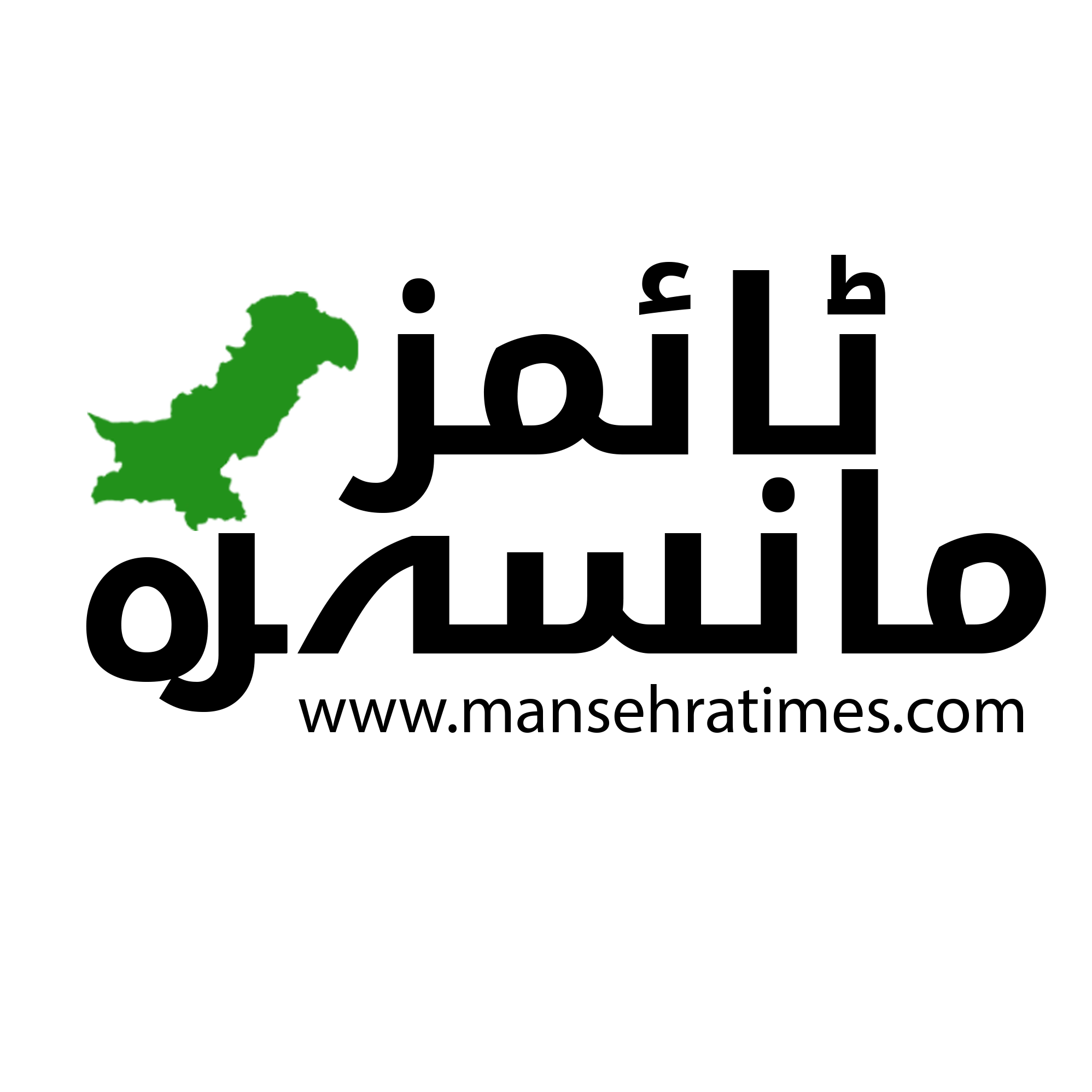Over 170 photos and private particulars of kids from Brazil have been scraped by an open-source dataset with out their data or consent, and used to coach AI, claims a new report from Human Rights Watch launched Monday.
The photographs have been scraped from content material posted as just lately as 2023 and way back to the mid-Nineties, in response to the report, lengthy earlier than any web person may anticipate that their content material is perhaps used to coach AI. Human Rights Watch claims that non-public particulars of those youngsters, alongside hyperlinks to their pictures, have been included in LAION-5B, a dataset that has been a preferred supply of coaching knowledge for AI startups.
“Their privateness is violated within the first occasion when their photograph is scraped and swept into these datasets. After which these AI instruments are skilled on this knowledge and subsequently can create life like imagery of kids,” says Hye Jung Han, youngsters’s rights and expertise researcher at Human Rights Watch and the researcher who discovered these photos. “The expertise is developed in such a means that any little one who has any photograph or video of themselves on-line is now in danger as a result of any malicious actor may take that photograph, after which use these instruments to control them nevertheless they need.”
LAION-5B relies on Widespread Crawl—a repository of knowledge that was created by scraping the net and made obtainable to researchers—and has been used to coach a number of AI fashions, together with Stability AI’s Secure Diffusion picture era device. Created by the German nonprofit group LAION, the dataset is overtly accessible and now consists of greater than 5.85 billion pairs of photos and captions, in response to its web site.
The photographs of kids that researchers discovered got here from mommy blogs and different private, maternity, or parenting blogs, in addition to stills from YouTube movies with small view counts, seemingly uploaded to be shared with household and buddies.
“Simply trying on the context of the place they have been posted, they loved an expectation and a measure of privateness,” Hye says. “Most of those photos weren’t doable to seek out on-line by a reverse picture search.”
YouTube’s phrases of service don’t permit scraping besides below sure circumstances; these situations appear to run afoul of these insurance policies. “We have been clear that the unauthorized scraping of YouTube content material is a violation of our Phrases of Service,” says YouTube spokesperson Jack Maon, “and we proceed to take motion in opposition to the sort of abuse.”
In December, researchers at Stanford College discovered that AI coaching knowledge collected by LAION-5B contained little one sexual abuse materials. The issue of express deepfakes is on the rise even amongst college students in US faculty, the place they’re getting used to bully classmates, particularly ladies. Hye worries that, past utilizing youngsters’s images to generate CSAM, that the database may reveal probably delicate data, akin to places or medical knowledge. In 2022, a US-based artist discovered her personal picture within the LAION dataset, and realized it was from her personal medical information.
